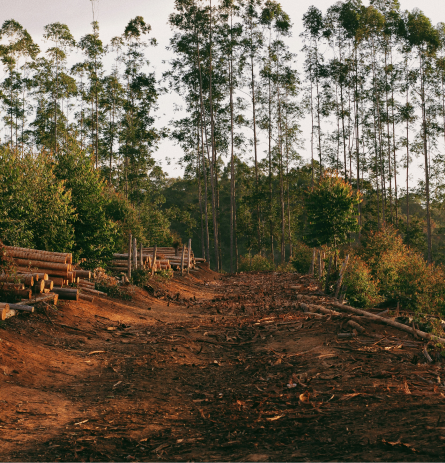Download a PDF of this graphic and fill it out yourself. Use this mapping exercise to see what assets you have available and to whom you can reach out for support.
Goals may include
- Amount of new or returning visitors to the space
- Restoring beauty to the space
- A certain level of ecosystem functionality or biodiversity
- Reintroduction of native species
- Policy introduction
















